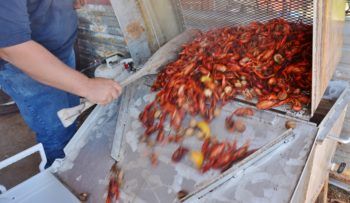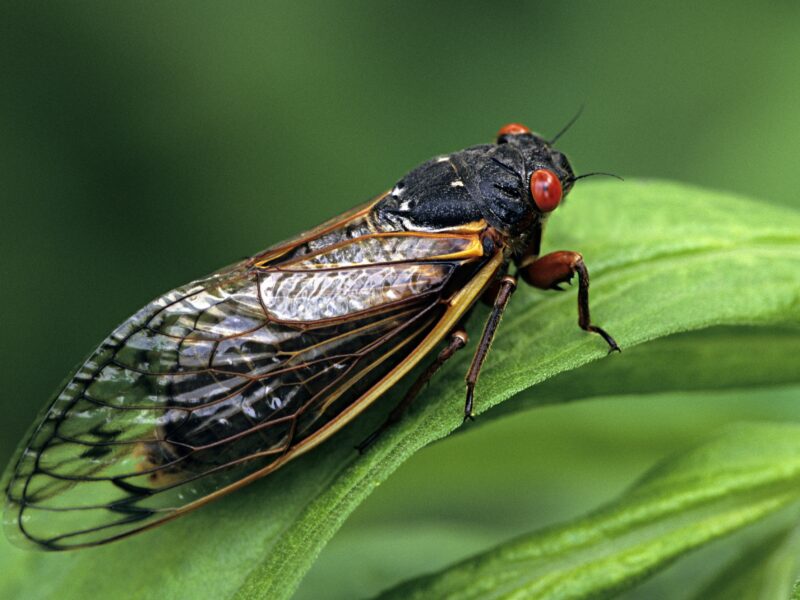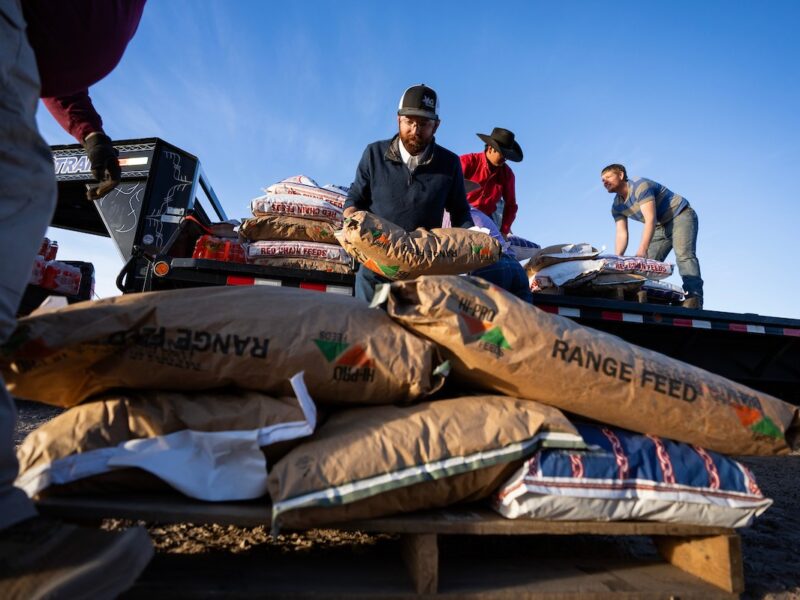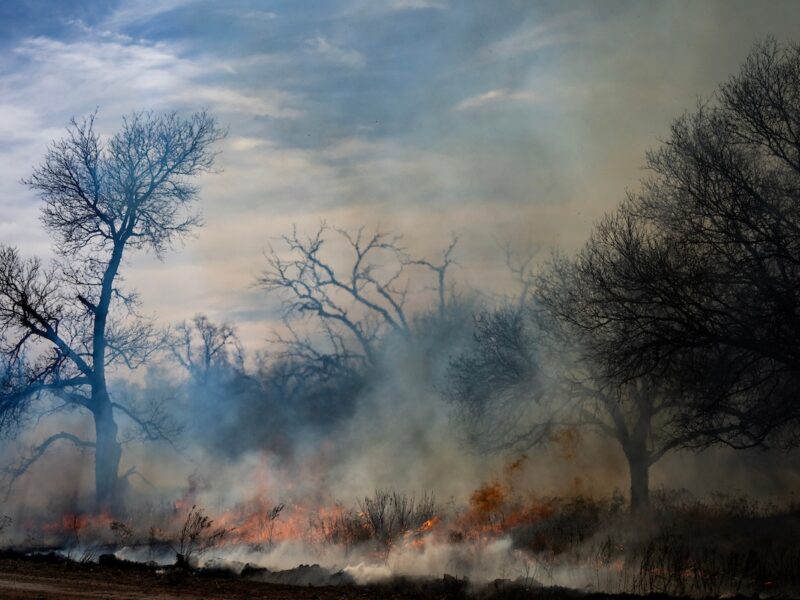Texas Crawfish Production Steady, Prices Higher

Texas crawfish production remained steady, but consumers should expect higher prices this season as demand continues to grow, according to a Texas A&M AgriLife Extension Service expert.
Dr. Todd Sink, AgriLife Extension aquaculture specialist and director of the AgriLife Extension Aquatic Diagnostics Lab, said the crawfish industry continues to thrive in Texas and demand continues to rise across the state.
Sink said crawfish have fared better in Texas than Louisiana this year. Sizes were below average in Louisiana this year due to weather, but crawfish have been consistently bigger in Texas during the early season.
Drought conditions and the impacts of winter freezes were worse in Louisiana production areas compared to Southeast Texas, he said. Dry conditions forced crawfish to remain in burrows for long periods, which meant they were foraging and growing less. Winter freezes in early winter also killed back vegetation, which compounded their lack of winter foraging.
Producers around Beaumont, however, were not seeing smaller sizes, he said.
“Our crawfish are bigger and bringing better prices,” Sink said. “Jumbo crawfish demand premium prices and could be close to $1 more per pound compared to regular grade crawfish. It also takes more crawfish per pound when they are smaller.”
Texas Crawfish Production Remains Strong
Texas ranks second in crawfish production, but it is far behind Louisiana, which produced 150 million pounds on around 250,000 acres in 2019. About 60%-70% of crawfish consumed in Texas come from Louisiana, Sink said.
Texas production is hard to pin down due to the lack of official reporting, but Sink believes producers average between 750-800 pounds per acre, or 7.125 million to 7.6 million pounds of crawfish from about 9,500 acres annually.
“The Texas crawfish industry is doing well, but production remained static this year,” he said. “We went through good expansion years, but no new farms have come in over the past year. We’re kind of running out of acres suitable for crawfish.”
Sink said crawfish farming has tried to move beyond Southeast Texas but that sandy, acidic soils and lack of water proved inhospitable to production. Fortunately, he said, Texas producers in areas suitable for production are making the most of their acres.
Around 60% of Texas crawfish acres are dual-purpose flooded rice fields that provide habitat for crawfish farming until rice is planted. Those acres produce around 650 pounds per acre of crawfish until they are shut down for rice planting.
Acres dedicated solely to crawfish can produce 900-950 pounds per acre and can be harvested a month to six weeks longer than rice acres, Sink said.
Sink believes rice variety introductions over recent years have helped dual-purpose producers harvest crawfish deeper into the season.
“The shorter-season rice varieties give producers an edge,” he said. “The beginning of the season pays the farm bills. They want to be first while prices are high, but the crawfish at the end of the season are the profit. Extending harvest a week or two can add 70-100 pounds per acre.”
Prices Higher Per Pound
Sink said crawfish lovers should expect to pay higher prices than last year. Price increases are associated with the inflationary pressures that have led to higher overall food costs.
The per-pound price paid for crawfish is influenced on where and when consumers purchase them, Sink said. Consumers closer to crawfish production in Louisiana and Southeast Texas will pay less due to lower shipping costs.
Early season crawfish can be expensive, but the prices typically peak during Lent, the 40-day period between Ash Wednesday and the Holy Saturday before Easter. Last year, live crawfish in College Station were $4 per pound, or $120 per bag, on the first day of Lent.
Prices were even higher in metropolitan areas like Austin, San Antonio and Dallas, he said. Live crawfish prices routinely pushed beyond $5 per pound during peak demand last year.
Live crawfish were priced at $4.75 per pound in College Station in January and are now $2.97 per pound, Sink said. Boiled crawfish were $8.99 per pound.
In San Antonio, live crawfish were unavailable at numerous retailers already, and boiled crawfish were $9.99 per pound. Live crawfish in Dallas were $3.97-$4.99 per pound and unavailable in some locations.
Prices begin to fall after Easter, Sink said.
“Demand continues to increase each year, and I don’t see that slowing down,” he said. “I am just worried we’re running out of suitable production acres and that the ability to meet demand that grows year after year will push prices higher and higher.”
This article by Adam Russell originally appeared on AgriLife Today.





